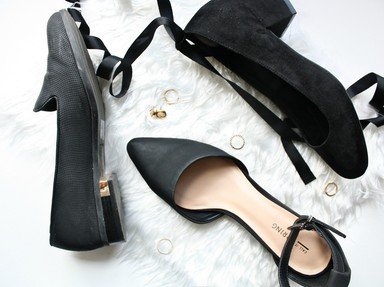Quiz Answer Key and Fun Facts
1. In general terms, how is a sandal different from others types of shoes that are worn?
2. Archaeologists believe that the origin of sandals came during which cultural period in human history?
3. Some of the oldest sandals found were discovered in Fort Rock Cave in which U.S. state?
4. Although earlier specimens have since been found, whose discovery was the first to include a sandal with leather embellishments?
5. King Tutankhamun was famously buried with sandals made of gold. What, however, was the typical material that ordinary people in ancient Egypt used in making sandals?
6. The ancient Greeks wore many types of sandals. A soldier would wear a "cothurnus" sandal. How was it different from the sandals that were worn by philosophers?
7. Jackie Kennedy popularized the use of sandals named for which of the following islands?
8. Sandals have been popular footwear in Japan for centuries. What is the major difference between a geta and a zori?
9. Havaianas have been a popular type of flip flop sandals since the 1960s. For which of the following types of people were they originally manufactured?
10. From what item did people construct Ho Chi Minh sandals during the Vietnam War?
Source: Author
ponycargirl
This quiz was reviewed by FunTrivia editor
eburge before going online.
Any errors found in FunTrivia content are routinely corrected through our feedback system.

